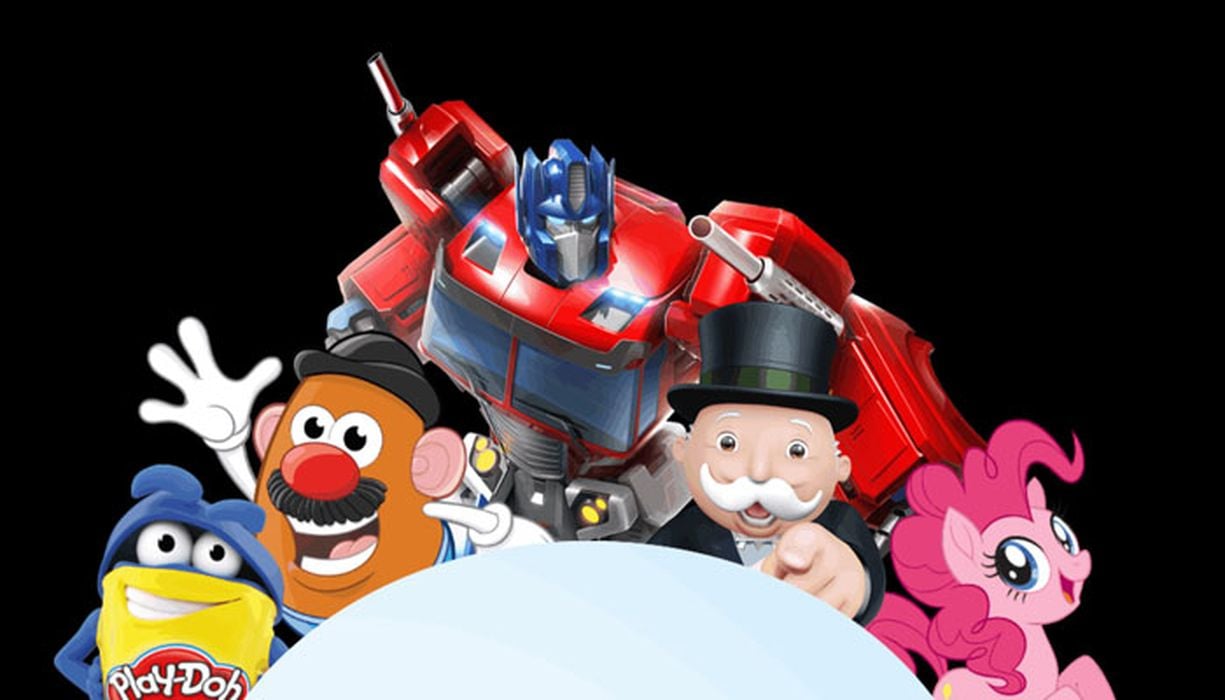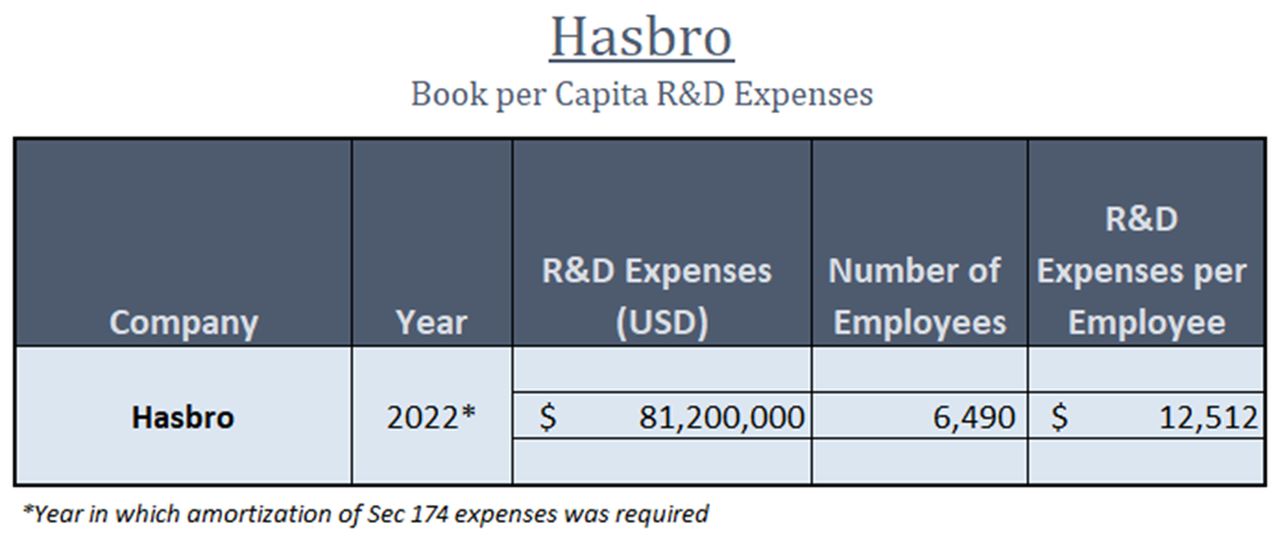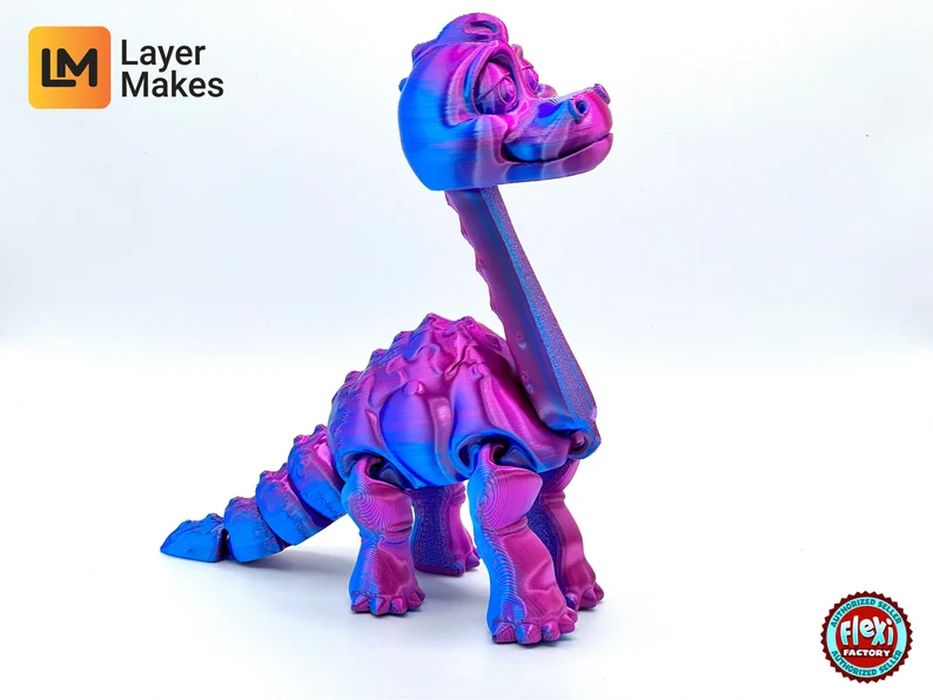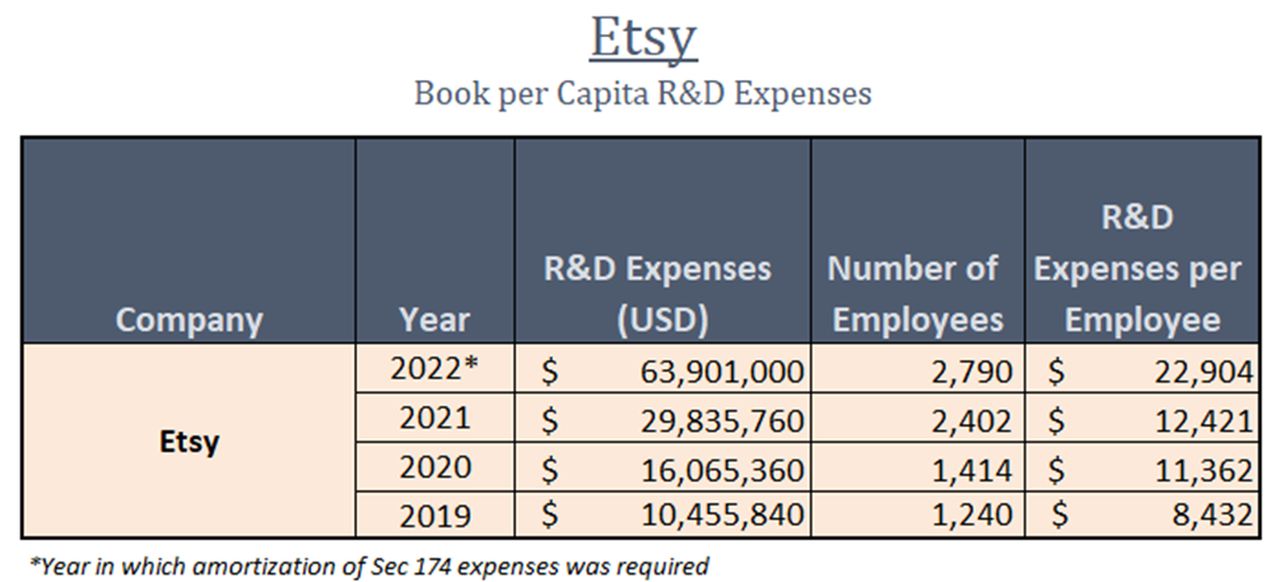
Charles R. Goulding and Preeti Sulibhavi discuss recent trends in consumer discretionary spending and how 3D printing can play a role.
Consumer discretionary spending is down. The hardest-hit industry is the gift-giving market.
People are shifting to gifting “experiences” as opposed to tangible items. Whether it is a MasterClass subscription or a Tinggly bucket-list gift, gifting things that people can remember doing, as opposed to a tangible item that they may eventually break or need to be thrown away, appears to be resonating with many of us.
Whether it is a birthday, holiday, or anniversary, gifting a fun-filled day or even a short vacation is increasingly becoming more popular. This trend has left the traditional consumer gift-giving industry with decreasing profit margins and has even left some without jobs.
Two of the leading consumer discretionary product companies that have recently been negatively impacted are Hasbro and Etsy.
Hasbro
Children, particularly teens, are putting video games from their Steam accounts on their wish lists instead of traditional, physical toys. Hasbro has laid off 1,100 of its workers in response to weak toy sales throughout this holiday season. This is nothing to toy around with.
Hasbro, which already laid off hundreds of employees earlier this year, had warned in October that trouble was on the horizon. In the company’s most recent quarterly earnings report, Hasbro slashed its already-soft full-year outlook, projecting a 13% to 15% revenue decline for the year.
Popular toy brand sales had dropped significantly, Hasbro also said in the October quarterly report. Popular brands like My Little Pony, Nerf and Transformers had fallen 18% at the time, due to “softer category trends,” or digital/virtual gifts.
This is not a time to lose hope, but rather to find inspiration in innovation. If toys are made tailored to children’s favorite activities, that would help the industry recover. Utilizing 3D printers can help achieve those results.

Etsy
In responding to trending market conditions, Etsy has been reorganizing its workforce and as a result, has let go of 225 of its team members. Etsy has entered the “experience-giving” space to a certain extent with its one-stop shop for virtual interior decorators and unique 3D printed home accessories. Etsy has been offering interior design packages by enabling consumers to hire their own “virtual interior design decorators.”
To give credit, Etsy has picked up on the industry’s ability to fabricate creative designs both quickly and in customizable ways.

Visiting Etsy will bring you to a 3D printed products section that has everything from customized cosplay props to colorful 3D printed dinosaur toys.
Etsy has been increasing its research and development activities to keep up with consumer demand (see R&D per capita below). Its 3D printed product section may be one example of Etsy’s investment in innovation.

The Research & Development Tax Credit
The now permanent Research & Development Tax Credit (R&D) Tax Credit is available for companies developing new or improved products, processes and/ or software.
3D printing can help boost a company’s R&D Tax Credits. Wages for technical employees creating, testing and revising 3D printed prototypes can be included as a percentage of eligible time spent for the R&D Tax Credit. Similarly, when used as a method of improving a process, time spent integrating 3D printing hardware and software counts as an eligible activity. Lastly, when used for modeling and preproduction, the costs of filaments consumed during the development process may also be recovered.
Whether it is used for creating and testing prototypes or for final production, 3D printing is a great indicator that R&D Credit eligible activities are taking place. Companies implementing this technology at any point should consider taking advantage of R&D Tax Credits.
Conclusion
Gift-giving is a fun way of saying thank you or I love you, or both. The shift from tangible gifts to experiences is gaining attention. Hasbro and Etsy have certainly noticed this trend as it has affected their sales recently. The 3D printing industry can help make tangible gifts, more customized and more special. Maybe this will help the traditional gift item industry reinvent itself with consumers.
